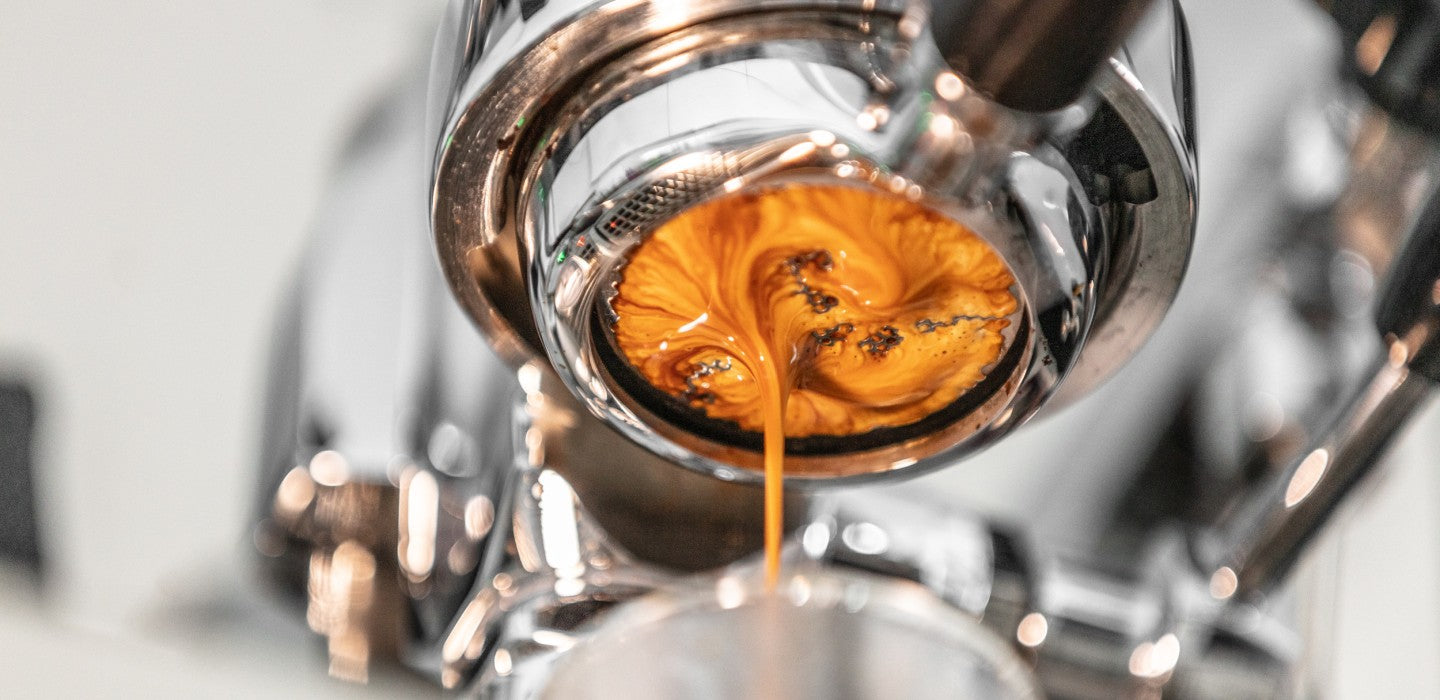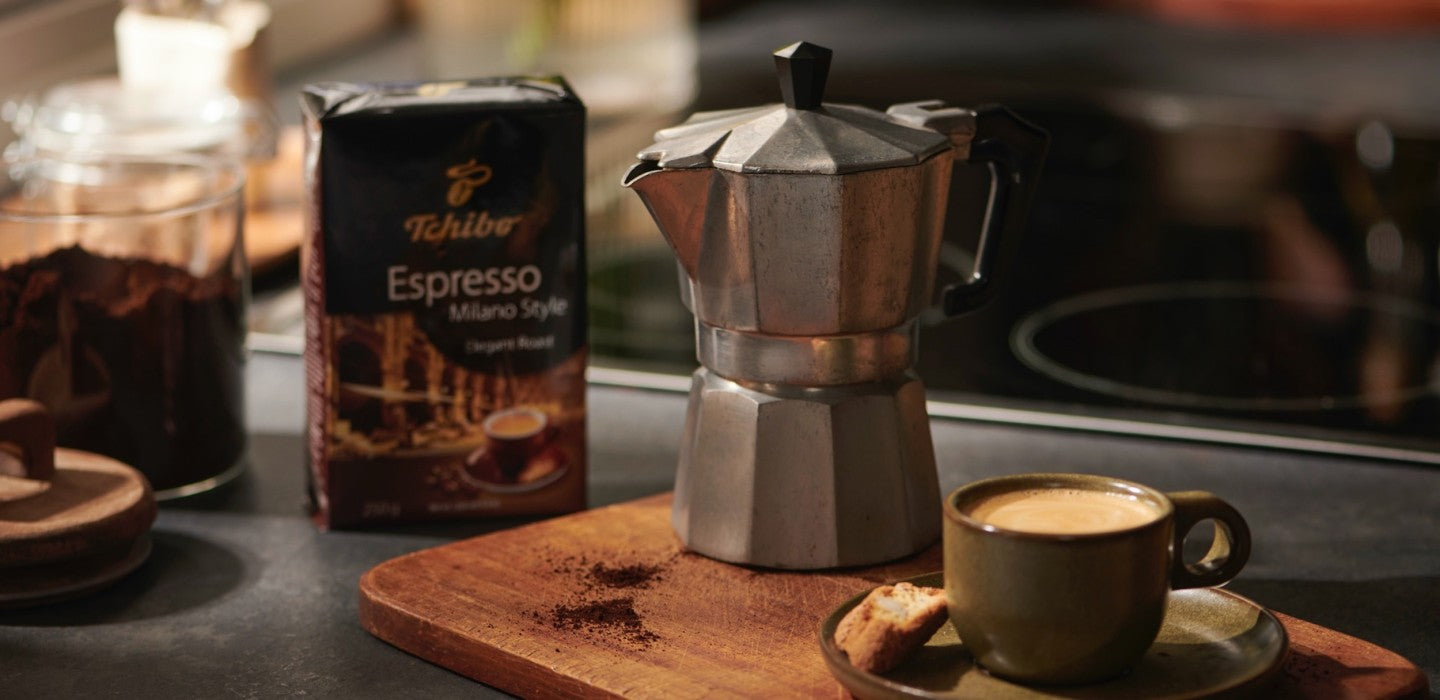Decoding Coffee Extraction: Unleashing Aroma and Flavor
Coffee brewing is an artful process where numerous details create a remarkable effect. One such detail, forming the backbone of this art, is coffee extraction. This concept is critical to the process of obtaining the rich flavors from coffee beans, which genuinely appreciates and values the complexity of coffee taste chemistry.
What is Coffee Extraction?
Extraction is a separation method in which one or more components are dissolved from a mixture of substances using an extraction agent. In coffee terms, extraction refers to the process of drawing out aroma and flavor substances from the coffee grounds. This process primarily happens during the typical brewing process, where hot water serves as the extraction agent. The water featuring the dissolved aroma and flavor substances (the coffee) then into a coffee pot or a coffee cup. The insoluble components are left behind as coffee sediment, trapped in the filter during the preparation of filter coffee.
The Extraction Equilibrium: How Much is Enough?
Ideally, 18 to 22% of the compounds in ground coffee should be extracted. Achieving this optimal extraction level ensures that an adequate amount of constituents get dissolved from the coffee, yielding a balanced aroma and strength. To measure the extraction strength, we rely on specialized devices, such as refractometers. This level of extraction, however, doesn't come effortlessly. It hinges upon several factors, ranging from preparation to brewing techniques.
Factors Influencing Coffee Extraction
The journey to a perfectly extracted, good cup coffee can traverse through various factors, all playing a significant role. Let's dive into some of these vital contributors:
Coffee Grind Size
An immense factor influencing coffee extraction is the grind size of coffee. The grind size can make or break your coffee extraction journey, resulting in either under- or over-extraction. When coffee grounds are very fine and exposed to water for an extended time, the risks of over-extraction become higher. Too many tannins and negative bitter compounds get dissolved from the coffee grounds, leading to an intensely bitter and unpleasant coffee taste. Also, an excessively dark coffee, or in the case of an espresso, a very dark crema around the edges, is indicative of over-extraction.
On the contrary, if your coffee tastes thin and watery, it might be a sign of under-extraction. The faded color of the can expressively indicate that too few components got dissolved, leading to under-extraction.
The Influence of Pressure
Take a moment to appreciate your espresso: that delightful cup of joe relies on pressure for extraction. High pressure, employed in espresso machines, increases the solubility of substances. This phenomenon accelerates the extraction process, helping you draw out delicious coffee flavors more efficiently, contributing to the unique character of your espresso.
In conclusion, extraction is the unsung hero behind every flavorful cup of coffee. Understanding its profound impact on your coffee can inspire you to experiment and refine your brewing process. With knowledge and hands-on experience, you can determine how to adjust your grind size or water temperature to extract the beautiful, complex flavors tucked inside each coffee bean. Therefore, becoming acquainted with coffee extraction is like unlocking a new level in your coffee brewing journey, setting you on the path to coffee excellence.



Leave a comment
This site is protected by hCaptcha and the hCaptcha Privacy Policy and Terms of Service apply.